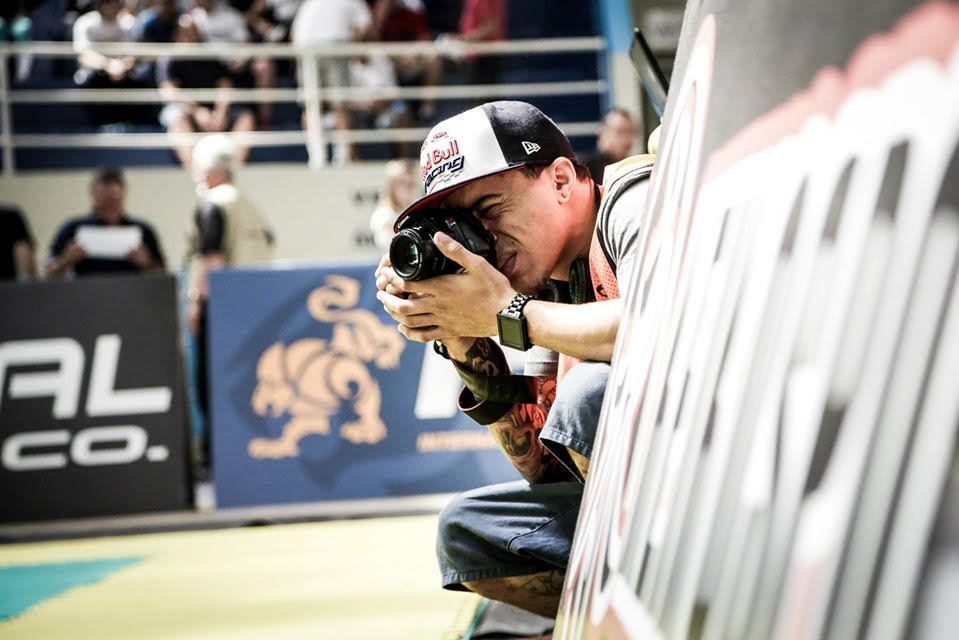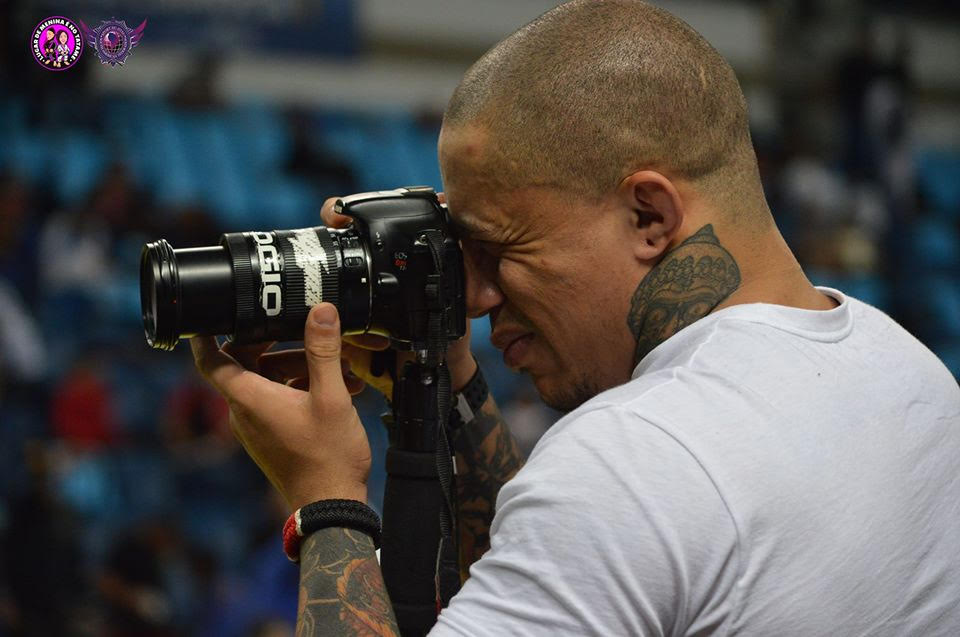
I started my passion for Jiu-Jitsu in 1996, when a friend from high school, the now black belt Douglas Ladislau, started training and talking about fighting. From there, I started noticing people with swollen ears on the streets of São Paulo. But with four brothers at home, I still had no way of getting the money to buy a gi and enroll in a gym.
In 2003, I finally had my first experience at the dojo, but I couldn’t stay because it was still expensive. Until in 2010, at the age of 26, I started to train seriously, with Professor Diego Cristóvão, showing up to train two to three times a day. Jiu-Jitsu saved me, because I was in a routine of long, aimless nights, with no purpose in life and many bottles of alcohol. It was time to seek a purpose: it was time to become a black belt and embrace a healthy life, before it was too late.
In 2012, I was lucky to help a friend, Professor Pedro Melo, when editing a video for him. The GRACIEMAG.com team liked the video, and we started a collaboration that continues today. I was still a blue belt, but I was already in love with Jiu-Jitsu.
After having the chance to cover some of the biggest fighting championships on the planet, such as the Brazilian, the South American and the ADCC, I was able to work for great teachers and world champions from several teams, such as Fabio Gurgel, Marcus Buchecha and Romulo Barral. The event organizer Cleiber Maia one day recommended me to photograph my first tournament abroad, for the SJJIF, led by black belt João Silva.
Being a competitor and photographer allowed me to see many effective techniques and details of Jiu-Jitsu from very up close. From the edge of the mat, I was able to understand more about the detailed rules of our sport. I could see the difference in grips and hooks from one fighter to another. And I managed to adapt many of these teachings to my game, and to the art of photography.

Black-belt Jair Sinistro, a black-belt of team Barbosa JJ, on the job. Courtesy of Jair Sinistro
With Professor Fabio Gurgel, I also learned to take Jiu-Jitsu seriously, as a way of life, and not as just any hobby. I learned to have a more professional attitude towards the sport, and to believe in me.
In a variety of competitions, I saw light fighters defeat giants, I saw deaf athletes achieve greatness and former housewives become warriors. Finally, I could see how the champions behaved before going into the arena — attitudes and ways of conducting themselves that I try to pass on to all my athletes.
And, perhaps the main lesson: I realized, in all these years, how Jiu-Jitsu is capable of changing the lives of children, adults, people with physical limitations and even 70-year-old men and women.
The post What I learned about BJJ by photographing competitions, by Jair ‘Sinistro’ Lacerda first appeared on Graciemag.